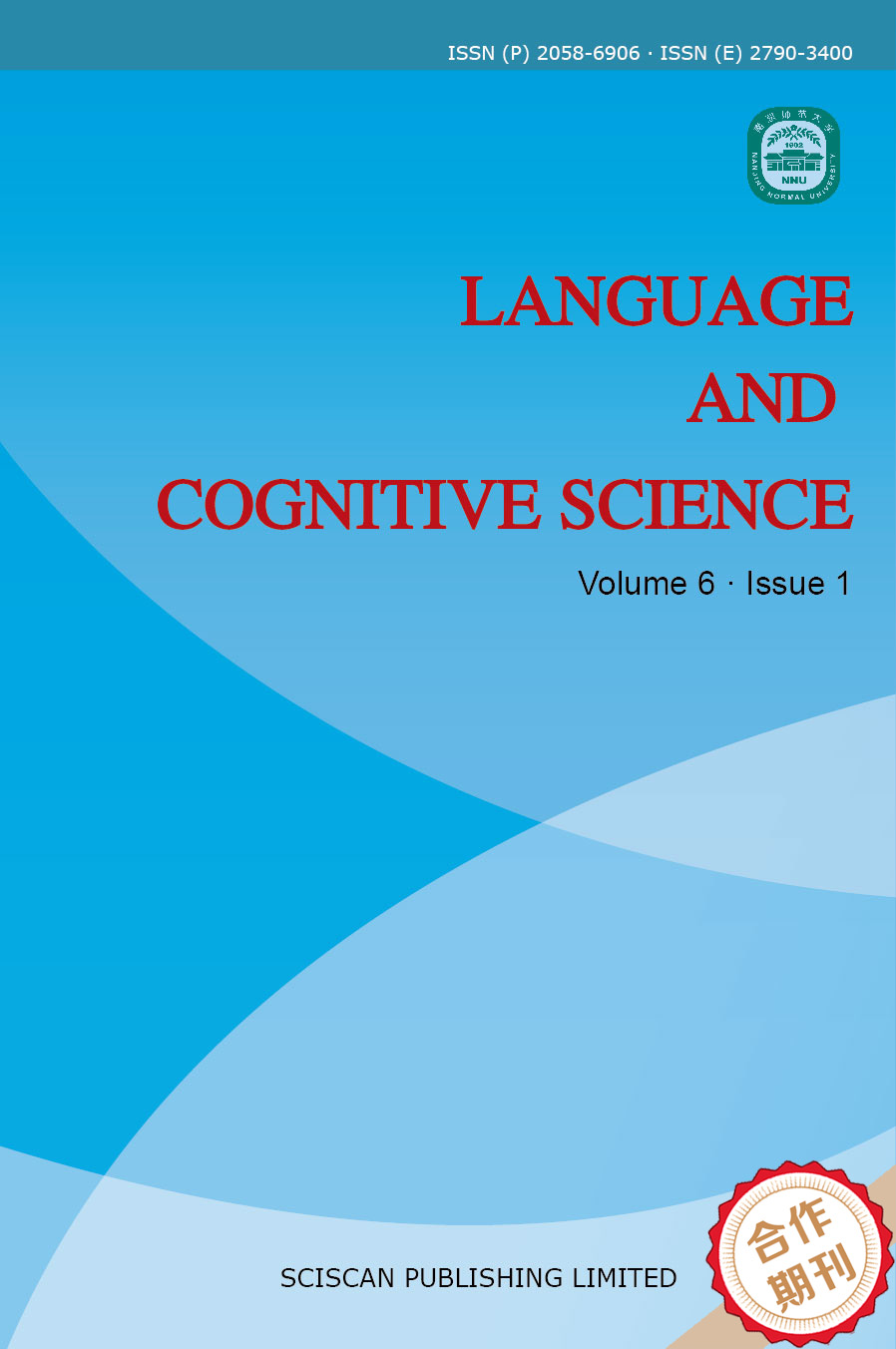Language and Cognitive Science
ISSN Print:2058-6906
ISSN Online:null
Contact Editorial Office
Subscribe to the latest published information from SCISCAN
VO-OV Mixed Word Order in Mandarin Chinese and Its Effects
- Authors: Lixin Jin² and Xiujin Yu¹
-
Information:
1.Qufu Normal University, Shandong, China; 2.Shanghai International Studies University, Shanghai, China
-
Keywords:
contextual filtering; structural ambiguity; word order typology
- Abstract: This paper revisits the word order type of Mandarin with reference to the fifteen pairs of grammatical elements correlated with VO-OV language types proposed by Dryer (1992a, 2009, 2011) and Haspelmath (2006). The research indicates that among the fifteen pairs, ten pairs exist in Mandarin and the other five are absent. In the relevant ten pairs, Mandarin has four pairs exhibiting both VO and OV word orders, three pairs tend to be in OV order, and the last three tend to be in VO order. Therefore, Mandarin can be seen as a VO-OV mixed order type language. As in the case of the genetic advantages and defects acquired by biological mixed or hybrid species, Mandarin VO-OV mixed order on the one hand brings more available syntactic structures and much expressive convenience, while on the other hand it pays the price of resulting in structural ambiguity. However, the de-contextualized ambiguous structures can be clarified in meaning through contextual filtering in communications, so Mandarin obtains relatively more benefits from VO-OV mixed word order.
- DOI: https://doi.org/10.35534/LCS201804001
- Cite: Lixin Jin, Xiujin Yu.VO-OV Mixed Word Order in Mandarin Chinese and Its Effects[J].Language and Cognitive Science,2018,4(1):1−38.
















